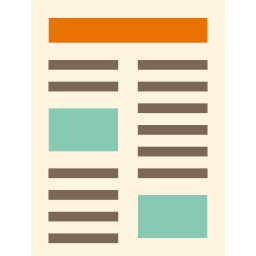Know if You Can Watch the DVD Online

Why?
You are at the store and see a DVD you would like to watch, but maybe it’s already available online for you through your subscription (Netflix, Hulu, etc.)
How?
An app that lets you take a quick snap of the DVD’s cover and shows you where it’s available for streaming online.
Publication Trail Based on Time

Why?
See the timeline of a news story, who published it first, and who got it from whom.
How?
Scan all the leading news publications online and identify the same news stories in all of them. Then build a timeline based on when they were published using both the date stamp of the publication if available, and the discovery time stamp. This will enable us in the long run, to establish online influence patterns.
Find a Cheap Ebook Version of Your Books and Save Space While Helping Others

Why?
Most books you read already are likely to sit on your shelf without and further use.
How?
An app that lets you take a picture of a book (or the barcode) recognizes the book and shows you where you can buy it cheaply as an ebook. You can immediately purchase the ebook, and donate the physical copy on your shelf. You win by freeing space for new books, especially the kind that is much better in print (special editions, art albums, etc.), the people you gift the paper copy to win, and the authors and publishers win.
Find This Book in Your Language of Choice

Why?
You see a book that looks interesting, but you would like to read it in your mother tongue.
How?
An app where you can scan the book’s barcode or take a photo of the cover, and you’ll get a list of all editions in all languages published and available. The app can also show you where you can get the version you are looking for online or offline where you are currently.
Map of Influential Bloggers’ Presence Online

Why?
To see visually where these bloggers are publishing their writings and get a birds eye view of their network of influence.
How?
Write a crawler that would scan the internet and map who publishes where. Using this constantly expanding database you could see a map of influence for a specific influencer: where is his main point of influence and what other publications is he using to enhance his footprint and influence.
